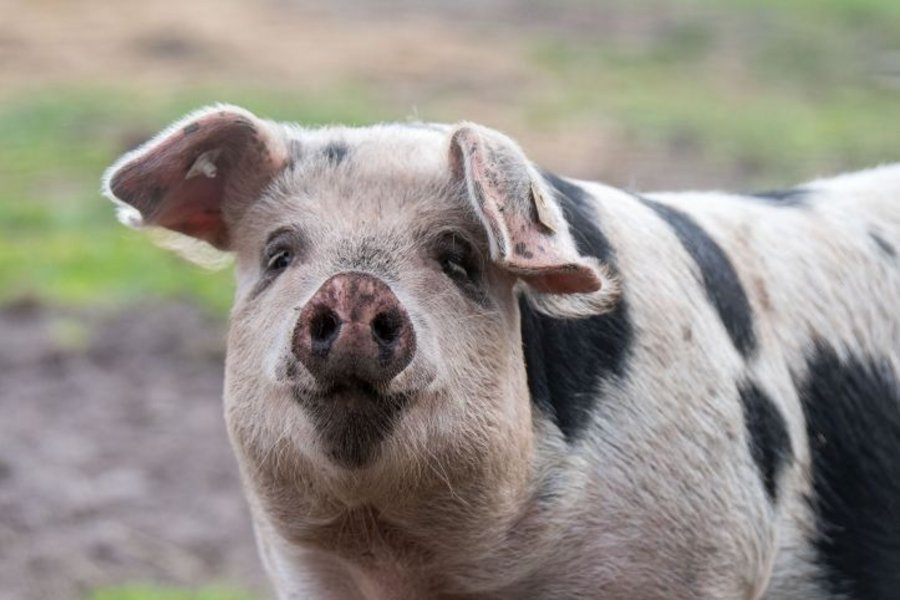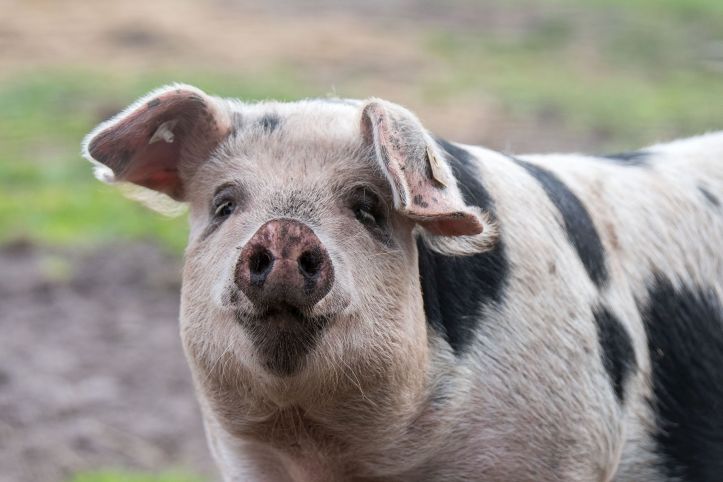African swine fever spreads despite strict measures
In the past, African swine fever (ASF) has only been detected in wild pigs in Germany. The fact that the virus has now been detected in domestic pig farms despite strict biosecurity measures is a problem, especially for pig breeds that are threatened with extinction.
ASF is a viral infection that affects both wild and domestic pigs and is fatal in most cases. In order to prevent the spread of viruses and the associated animal diseases, preventive killing of entire animal populations in the affected regions is necessary in most cases. For this reason, an outbreak of ASF is particularly threatening for pig breeds and lines that are threatened with extinction.
The outbreak in Brandenburg could, among other things, affect the valuable breeding stock of the German Saddleback pig, some of which have already been moved to breeders in other German states as a precautionary measure.
Recommendations for action
Both the Expert Advisory Council on Animal Genetic Resources and the Scientific Advisory Council on Biodiversity and Genetic Resources at the Federal Ministry of Food and Agriculture (BMEL) advocate in their statements Animal Genetic Resources and Epizootics - Need for Action for Precautionary Measures and in the Acute Epidemic Case and Protection of Animal Genetic Resources in the Epizootic Case for concrete action plans that protect the stock of endangered animal breeds in the event of an epizootic outbreak. Even simple measures, such as regional decentralization of endangered stocks, can help protect animals from local outbreaks of animal diseases. Furthermore, cryoreserves of biological material of endangered breeds stored in gene banks offer a way to preserve the breeds.
Particular emphasis is placed on the importance of a centralized herd registry, with separate classification as "irreplaceable animal genetic resources" for endangered herds, to facilitate enforcement of animal disease control measures and protect endangered herds. In the worst case scenario, these separately classified animals may even be protected from preventive herd culling to preserve their valuable genetic material. Furthermore, biosecurity measures should be better adapted to farms keeping animals that are classified as irreplaceable animal genetic resources. Often, endangered breeds are kept on farms open to the public, such as school farms, pet parks, and zoological facilities, where they can be used to provide information about the animals.
The exhibition of endangered breeds at fairs is also an important point in the conservation of these animals.
The Information and Coordination Center for Biological Diversity of the Federal Office for Agriculture and Food is committed to the conservation of genetic resources for agriculture and food and is the administrative office for the Scientific Advisory Board for Biodiversity and Genetic Resources as well as for the Advisory Board for Animal Genetic Resources.
For more information on endangered livestock breeds and their conservation, visit tgrdeu.genres.de/en/.


